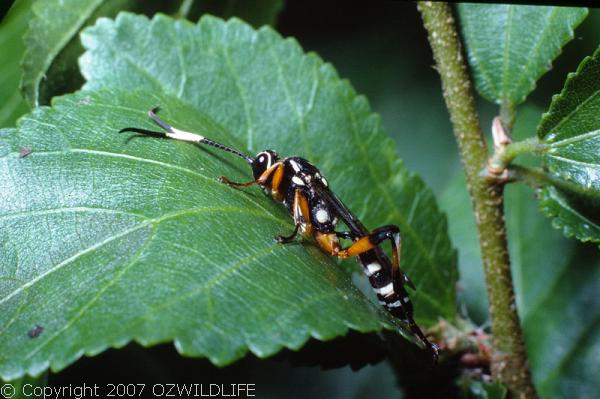


This wasp feeds on the nectar of various fruits and plants such as blueberries, specific to Northern European climates. If conditions aren’t right, the wasp also builds shelters in the ground. It’s a versatile wasp that typically builds shelters just off the ground. The Norwegian wasp (Dolichovespula Norwegia) lives in Norway, Sweden, Scotland, and Iceland. They are then taken to underground chambers for the larva to consume. This species paralyzes the caterpillar as it never kills it.Ĭaterpillars are stung at least once so they can’t escape. But it digs holes in the ground to lay eggs.Ĭaterpillars are the favorite type of food for the larva. In adulthood, the wasp eats flower nectar. It has been documented as a ground-digging wasp, particularly for laying eggs. This black and red wasp is native to the Eastern parts of the United States. Otherwise, these ground diggers solely feed on flower nectar. Grasshoppers and locusts are some of the most popular types of insects that are carried underground as a food source by adult Gold Digger Wasps for the larva. It’s underground that these wasps lay eggs and carry sufficient supplies for a larva to survive. They dig deeper than Cicada Killer Wasps and they create entire underground nests. Gold Digger Wasps (Sphex funerarius) are some of the most prolific wasps that dig into the ground. The wasps are identified by their black bodies with an orange band. They dig up to a few inches in the ground where they live their short lives. Female Cicada Killer Wasps dig multiple holes at a time.

They tend to dig multiple holes in the same area. Most of these wasps grow anywhere between 1 and 3 inches. Homes in areas with cicadas are subject to large populations of Cicada Killer Wasps. These wasps dig holes as they hunt cicadas. They can dig in the ground once or return to dig in the same place again for multiple generations if the soil is right.īlack with yellow strips, Cicada Killer Wasps (Sphecius speciosus) are some of the largest that dig holes in the ground. The following types of wasps are known for digging in the ground. But a large percentage of wasps never return to the holes they lay eggs in. Some wasps can be observed at these holes, particularly when returning to lay food for the larva when the holes are used to lay eggs. It’s believed parasite wasp species use existing holes created by other wasp species to lay their eggs and avoid having to dig their holes to lay eggs. Various species of wasps can also fight over the same ground holes. Some wasps cover these holes with the ground, especially when used to lay eggs. Given there’s soft soil around, wasps can dig burrows of up to 6 inches and use them as shelter. It’s only soft or sandy soil that’s suitable for wasps to live in. Not all types of soil are ideal for ground-digging wasps. Other wasps live in the ground where they are sheltered from common wasp predators such as robins. Others dig to create a safe place for laying eggs. Some wasps only dig in the ground to find food. Some types of wasps dig in the ground for different reasons.


 0 kommentar(er)
0 kommentar(er)
